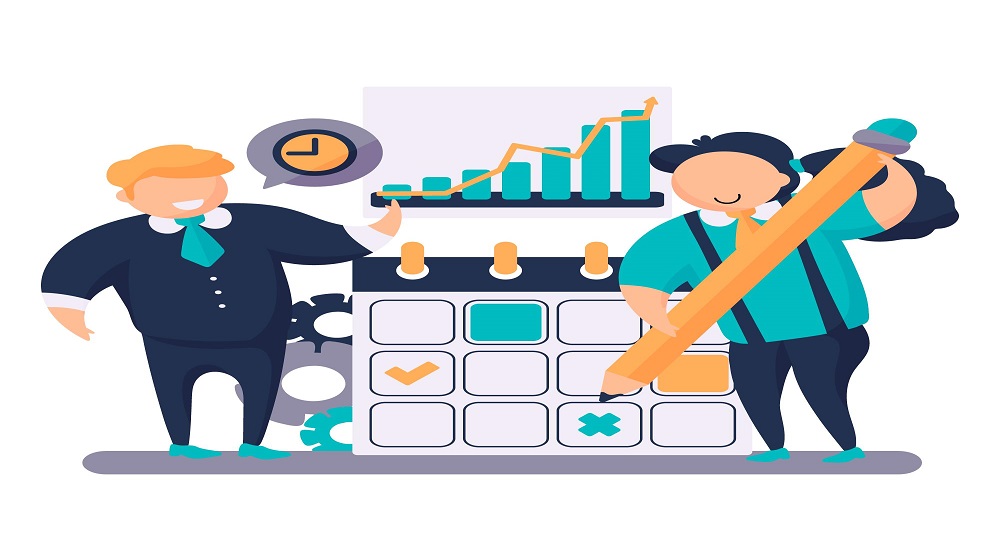Introduction
The world of business is ever-evolving, and so are the strategies that guide decision-making. An approach that has gained significant traction in recent years is Intelligent Demand Forecasting. But what is it? And why is it the golden ticket for businesses looking to scale up in an increasingly unpredictable market? In this piece, we’ll delve into the transformative power of Intelligent Demand Forecasting and how it’s reshaping the future of predictive business strategies.
The Evolution of Demand Forecasting
Demand forecasting, the art and science of predicting future demands, is no newcomer to the business scene. Historically, businesses leaned on rudimentary methods, using historical sales data and a dash of intuition to make predictions. However, as markets grew complex and global events started having more pronounced impacts on buying behaviors, these traditional methods began to falter.
With the proliferation of digital technologies and the advent of big data, demand forecasting started undergoing a radical transformation. No longer were businesses just looking at past numbers; they were now incorporating real-time insights, global trends, and even social media sentiments into their forecasting models.
Intelligent Demand Forecasting: What is it?
So, what distinguishes Intelligent Demand Forecasting from its predecessors? In essence, it marries the power of advanced technologies like artificial intelligence (AI) and machine learning with traditional forecasting methods. It’s not just about analyzing historical data but understanding the context around it.
Intelligent Demand Forecasting offers an in-depth dive into market dynamics, studying underlying patterns, and detecting anomalies. For instance, consider an unexpected spike in demand for home fitness equipment. While traditional methods might attribute it to seasonality or a successful marketing campaign, Intelligent Demand Forecasting might uncover its correlation with a new viral social media challenge or even global events like a pandemic.
The Future of Predictive Business Strategies
We’re in the midst of a digital transformation, and data stands at its epicenter. Companies are churning out vast amounts of data every second, from customer interactions to supply chain metrics. But data in isolation is merely numbers on a screen. The real value lies in deriving actionable insights from it, and that’s where predictive business strategies come into play.
Harnessing AI and machine learning, businesses can now anticipate market shifts, adapt to changing customer preferences, and even preempt competitors’ moves. These technologies don’t just provide a snapshot of current market dynamics but paint a vivid picture of future scenarios. This forward-looking approach allows businesses to strategize proactively rather than merely react to market changes.
The Benefits of Intelligent Demand Forecasting
Why are businesses around the globe rallying behind Intelligent Demand Forecasting? The reasons are manifold:
Decision-making with Confidence:
Business decisions, particularly those related to production and inventory, are high-stakes. Getting them wrong can be costly. Intelligent Demand Forecasting provides decision-makers with data-backed insights, reducing the margin of error and instilling greater confidence in their choices.
Optimized Resource Allocation:
One of the perennial challenges businesses face is resource wastage due to overproduction or missed opportunities due to underproduction. Intelligent forecasting allows for a more precise prediction, ensuring resources are used judiciously.
Driving Business Growth:
Accurate demand forecasting translates to satisfied customers, as they find what they want when they want it. This not only boosts immediate sales but enhances customer loyalty, paving the way for sustained business growth.
Challenges in Adopting Intelligent Forecasting
While the benefits are undeniable, the shift towards Intelligent Demand Forecasting isn’t without its challenges. Traditional businesses often face resistance when integrating new technologies into their operations. The upfront costs, coupled with the need for training personnel to harness these tools effectively, can deter many. However, those who overcome these initial hurdles stand to gain a significant competitive advantage in the market.
The Road Ahead: What’s Next for Predictive Business?
As we stand on the cusp of a new era in business strategy, it’s evident that predictive analysis, powered by Intelligent Demand Forecasting, is the way forward. Businesses that embrace this paradigm shift, integrating data analytics, AI, and machine learning into their core operations, are set to lead their industries. They’ll not only respond more agilely to market fluctuations but will also chart out innovative pathways, unlocking opportunities that were previously unimaginable.
Conclusion
The realm of Intelligent Demand Forecasting holds immense promise. As businesses transition from intuition-driven decisions to data-backed strategies, the landscape of global commerce is set to witness a revolution. It’s an exciting time for businesses, with the tools at their disposal to not just envision but also shape the future.




